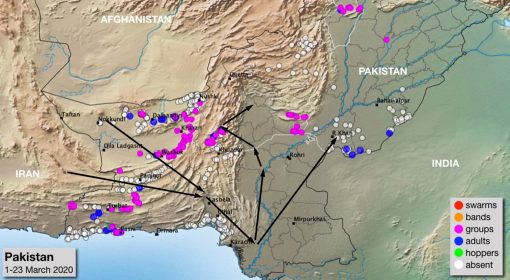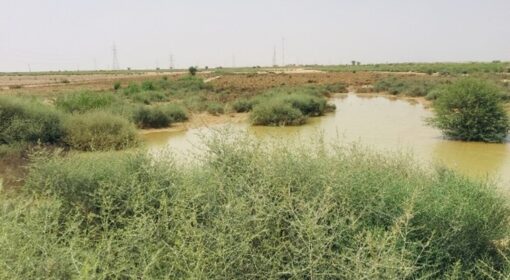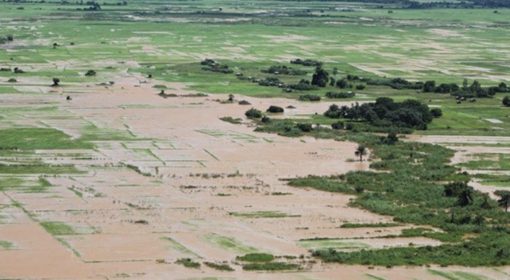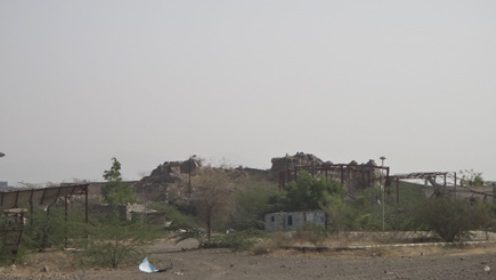COP 17 is quietly underway in Durban, South Africa. Compared to previous rounds of global climate negotiations, there has been little media build-up and low expectations of progress towards a new climate treaty.
The future of the Kyoto protocol, which expires in 2012, seems to be in peril. Some of the major parties such as Japan, Russia and Canada will not extend their commitments to cut emissions unless the two biggest polluters—China and the US—sign up as well. The EU will not enter a second round before binding commitments are made by major developing countries like Brazil and India, who want to push back a global pact to 2020. Meanwhile, a near-global recession and the Eurozone crisis have blown a $22.5 billion hole in climate change finance across the world’s 10 major economies.
This is certainly an impasse. A variety of reactions—from pessimistic disdain to call for desperate measures—highlight this.
“…maybe we need an Occupy Durban. A sit-in by the delegations of those countries that are most affected, that are going from one COP to the next COP to the next COP without getting positive and concrete responses on the issues that they want dealt with,” suggested a passionate José María Figueres, former President of Costa Rica, to a recent meeting of countries most vulnerable to Climate Change.
At the same time, on the same planet, millions of people exposed to climate change continue to go about their daily lives. They are the ones whom a lot of this fuss is about. Most of them, however, are unaware of the COP conferences, the climate-jargon, the international politics and their own countries’ positions. Regardless, they are constantly negotiating rising temperatures, depleting groundwater and increasingly unpredictable micro-climates. And coming up with real solutions.
“I have greater hope from what I see happening at the ground… private citizens are not sitting idle. They are going ahead and tackling the actual problem of dealing with climate change, and that’s where the hope lies. It is no longer dependent on getting these global agreements, important as they are…” Saleemul Huq, senior fellow at the International Institute for Environment and Development (IIED), told The Guardian recently.
The propensity to constantly adapt is human nature. It certainly pre-dates the point in time when the term ‘Climate Change’ was first coined. A case in point are spate irrigation systems that utilize floods to irrigate crops in semi-arid regions. Found in the Middle East, North Africa, West Asia, East Africa and parts of Latin America, some of these systems are over 5000 years old.
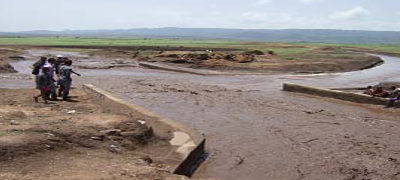 Spate irrigation systems typically comprise of structures like checkdams, diversion canals, bunds, etc. that divert water from beds of perennial rivers during floods. Floodwaters are channelled through a network of canals into fields. Through practices like mulching, the moisture is retained in the soil and crops grown even during dry spells long after the floods are gone.
Spate irrigation systems typically comprise of structures like checkdams, diversion canals, bunds, etc. that divert water from beds of perennial rivers during floods. Floodwaters are channelled through a network of canals into fields. Through practices like mulching, the moisture is retained in the soil and crops grown even during dry spells long after the floods are gone.
It is not just the mode of irrigation that makes spate systems unique. It is an integrated farming systems approach geared towards managing scarce water and unpredictable flows– comprising drought-resistant crops, flexible cropping patterns, miserly conservation of soil moisture, diverse agro-economies with multiple farm/ non-farm activities, and a unique, intricate conception of water rights.
Spate systems share similarities with other flood-based farming systems. As in most such systems, the availability of water varies from year to year and so do the water-rights. This demands a great high level of social organisation and makes the politics around water use challenging. Besides, spate systems encounter a unique set of challenges: high levels of sediment carried by the flood water (both a blessing and a curse), and the need to store water ahead of the cultivation season in the world’s largest buffer: the soil profile.
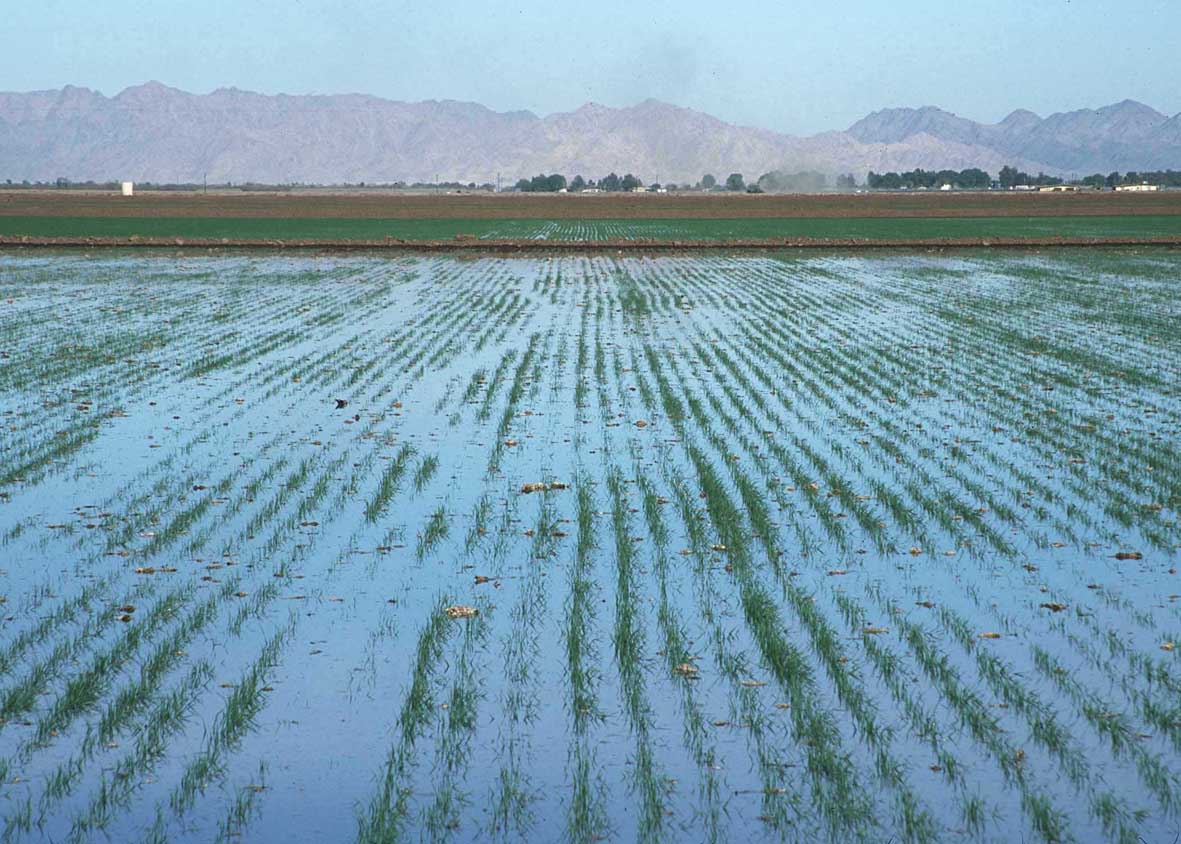 Ancient they might be, but the adaptive nature of such systems is becoming increasingly relevant to food security a climate-uncertain world. As floods become more frequent, spate systems utilise them to add to food production. As temperatures rise and water becomes scarcer, spate farmers conserve soil moisture and recharge groundwater during times of floods. Besides, they diversify their portfolios over a variety of drought-resistant crops and income-generating activities (such as agro-forestry, livestock etc). This is an effective way of managing climate-risk.
Ancient they might be, but the adaptive nature of such systems is becoming increasingly relevant to food security a climate-uncertain world. As floods become more frequent, spate systems utilise them to add to food production. As temperatures rise and water becomes scarcer, spate farmers conserve soil moisture and recharge groundwater during times of floods. Besides, they diversify their portfolios over a variety of drought-resistant crops and income-generating activities (such as agro-forestry, livestock etc). This is an effective way of managing climate-risk.
Spate systems are assuming much importance in some countries like Ethiopia and Eritrea. In some others, they are on the decline. There is a misplaced perception that they are associated with low returns to labour and investment. Besides, spate areas are relatively groundwater-rich due to long periods of recharge. Over the years, inexpensive pumpsets have become widely available there and groundwater has become the dominant source of irrigation.
“As the name suggests (spate), there is inherent risk and uncertainty. You may put in a lot of money one year, but when you come in the next year there may be nothing. The donors were not getting something sizeable. This was the reason they lost interest,” says Noman Latif Sadozai, Chief Engineer at Pakistan Agricultural Research Council.
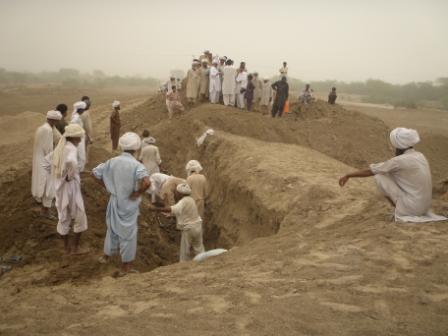 Noman recently oversaw a project to reconstruct diversion structures damaged by the disastrous 2010 floods, in spate-irrigated areas of Dera Ismail Khan, Pakistan. Supported by the Swiss Development Cooperation, the 3-month project has ensured that 50,000 hectares of farmland can be irrigated this year. Out of that, around 4,000 hectares would come under irrigation for the first time.
Noman recently oversaw a project to reconstruct diversion structures damaged by the disastrous 2010 floods, in spate-irrigated areas of Dera Ismail Khan, Pakistan. Supported by the Swiss Development Cooperation, the 3-month project has ensured that 50,000 hectares of farmland can be irrigated this year. Out of that, around 4,000 hectares would come under irrigation for the first time.
The project cost around 20 million Pakistani Rupees (USD 224,000) in total. “If you compare the cost with benefits… the benefits outweigh the cost within a year, if all of that area is cropped,” says Noman. “Such success stories are morale boosters. Hopefully, they will translate into increased support to spate projects. ”
More stories—of both success and failure—need to be documented to maximize the potential of spate farming systems. However, the knowledge base is limited and fragmented. Of late, the Spate Irrigation Network, has been making efforts to consolidate academic research, field experiences and policy developments from around the world. It’s website is currently the definitive source for spate-related documents, news and online communities. Besides, TheWaterChannel hosts several videos related to Spate Farming Systems.
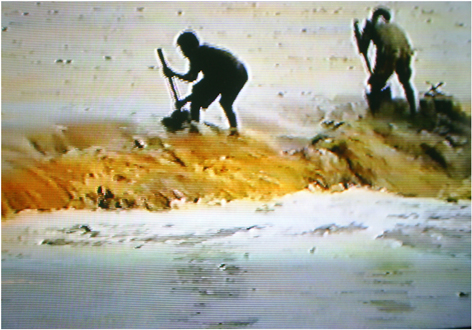 The inherent complexity and unpredictability of spate farming systems are, in fact, their biggest advantages. Small-scale farming is key to global food security. By very nature, it is complex, diverse and risk-prone—a situation that is being increasingly exacerbated by climate change and variability. Spate systems have evolved under these very conditions for hundreds of years and offer solutions for the future. In the arid/ semi-arid areas where there are being practiced, we would do well to preserve them. To other contexts, they offer valuable lessons in adaptive management of scarce water and variable climates.
The inherent complexity and unpredictability of spate farming systems are, in fact, their biggest advantages. Small-scale farming is key to global food security. By very nature, it is complex, diverse and risk-prone—a situation that is being increasingly exacerbated by climate change and variability. Spate systems have evolved under these very conditions for hundreds of years and offer solutions for the future. In the arid/ semi-arid areas where there are being practiced, we would do well to preserve them. To other contexts, they offer valuable lessons in adaptive management of scarce water and variable climates.
